All About Substation Electricians

The work in the field of electrical engineering is very important and relevant. But no matter how much you want to connect your life with electrical engineering, you will have to carefully study the features of a particular specialization. You also need to know everything about the work of an electrician for servicing substations, about the duties of such a specialist.
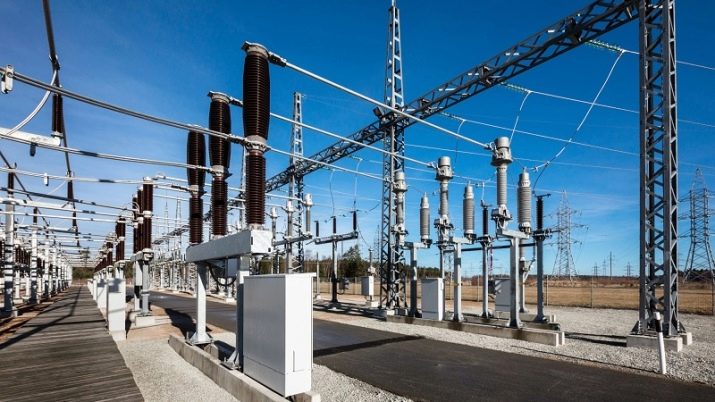
Peculiarities
Distribution plants "distribute" electricity to end users. But they are quite complicated, much more complicated than any household apparatus. And therefore it cannot be assumed that one can “just throw the switches”, as it is often believed. The smooth operation of equipment, which costs many millions, depends on how accurately the substation maintenance electrician does his job..
Taking into account the risk of an emergency, specialists must do everything in advance to ensure that the technical systems operate flawlessly. Problems can arise at any time, even at night or on weekends, holidays. And that's why electricians on duty are present at substations continuously, at any time of the day, in any weather... They make sure that even if a malfunction occurs, all problems are quickly eliminated and the power supply is restored. Although the profession of an electrician is considered a working one, at least officially, it is still a higher status.
Some fitters work at railway traction substations. There, the requirements for the stability of equipment operation are at least no higher than in cities. It is also worth considering that substations can operate with direct and alternating current.
They also distinguish:
- nodal distribution;
- depressive;
- deep input of the substation;
- transformer points.
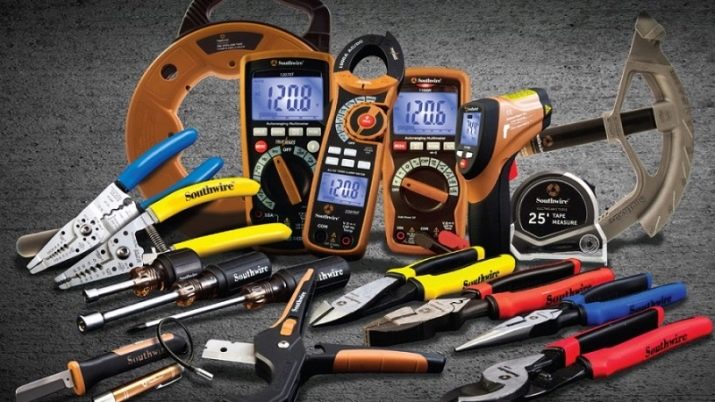
Responsibilities
The job description prescribes:
- eliminate violationsadmitted by other employees;
- lead the established technical documentation;
- report the beginning and completion of work immediate supervisor;
- check the workplace for security;
- evaluate equipment performance when taking office;
- conduct targeted briefings for other employees;
- control the safety of fences, protective devices, warning signs at the facility;
- check the status battery batteries;
- track voltage, current strength, its frequency and other nuances of the operating mode;
- fulfill short-term, relatively simple troubleshooting.
More electricians for the maintenance of substations:
- keep defective statements;
- check the performance of work at facilities with the participation of employees of lower qualifications;
- determine the parameters of storage batteries;
- monitor the adoption of additional safety measures (not prescribed in the instructions, but necessary to protect people, equipment and material values).
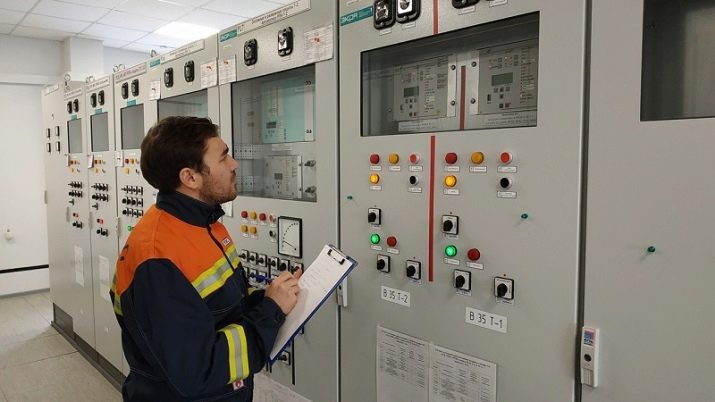
Grade 3 fitters can service the equipment of 35 kV substations. They also prepare their own workplace. Acceptance of workplaces will be carried out not only when taking over the post, but also after the elimination of the emergency.... 3rd class specialists can work with assemblies and connections made on their own, with switching equipment drives. They also troubleshoot lighting fixtures, change fuses.
The daily work for such a specialist is mode imperative switching of switchgears. If an emergency occurs, the fitter switches the equipment as needed. After the disappearance of the signs of the problem, he always inspects the equipment and evaluates its characteristics, serviceability and suitability for further operation. If repairs are carried out at the substation with the involvement of regular and emergency teams, external contractors, the electrician assists them and himself participates in the work... He also makes sure that health and safety standards and environmental requirements are respected (including in his own work).
To fulfill the main duties, electricians for maintenance of substations are given fairly broad rights. Thus, they can perform any actions they deem necessary to maintain normal operation at facilities or to eliminate emergencies. There is also a legal right to demand methodological assistance from other specialists and employees, from the leadership of the organization.
Of course, you can demand the issuance of the necessary equipment and tools, without which it is impossible to fulfill your duties. Also, electricians have the right to know the provisions of all regulatory documents that relate to their activities in the organization.
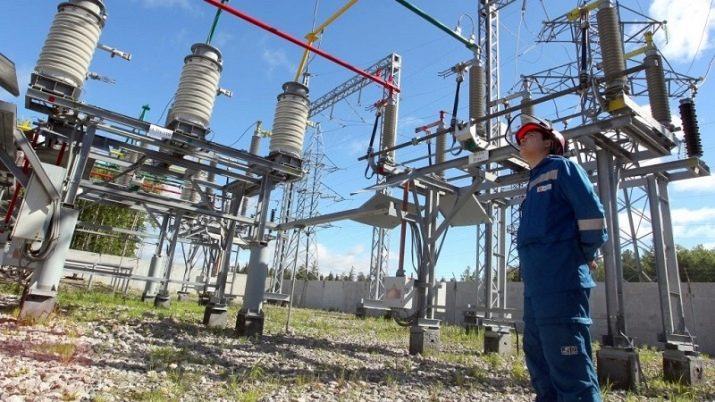
Knowledge and skills
Of course, an electrician cannot do without a full knowledge of the device of electrical installations and the principles of their functioning. It is imperative to be aware of the standard terms of construction, repair, normal operation and periodic verification of electrical equipment, the substations themselves... Another important point is knowledge of job and production instructions established in a particular organization. You also need to know the basic requirements and standards for power and distribution transformers, the rules for calculating the need for electricity for specific consumers.
In addition, the following are very important:
- knowledge of the purposes of application (functions) and the main features of the locksmith, assembly tool;
- the ability to use this tool;
- personal safety rules at work;
- willingness to coordinate the work of other personnel, including in emergency situations;
- the ability to use fire extinguishing systems, organize the evacuation of people and material values;
- skills in assessing the condition of equipment and making decisions on its adjustment;
- skills of verifying the real characteristics of equipment with passport data and other accompanying documents;
- the ability to apply reference and instructional guidelines in practice;
- skill of splitting, connecting, splicing and soldering wires.
Category 3 electricians should understand the primary wiring diagrams. They also master the purpose and activity zones of relay protection and automation. We will have to study the features of telemechanics complexes, their application and day-to-day control. An important role is played by mastering the principles of substation control and the ability to apply these principles in their work.
Important: the assignment of each successive category increases the voltage tolerances of the equipment used.
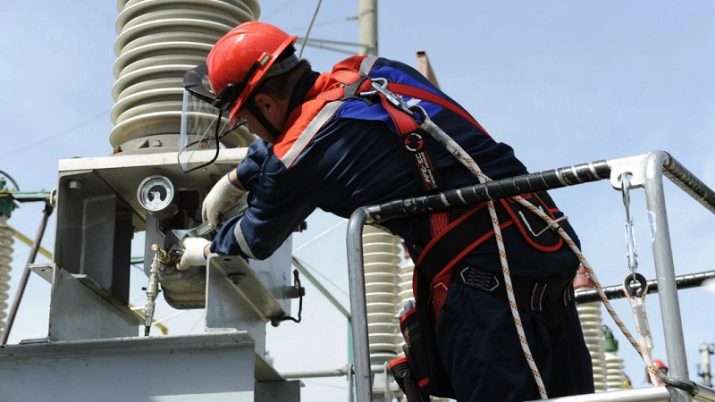
Education
Training in the specialty "Electrician for maintenance of substations" 5th grade can be taken in the following educational institutions:
- machine-building college of Krasnodar;
- the technical school of welding technologies and power engineering in Krasnoyarsk;
- Industrial College of Energy and Communications in Vladivostok.
As we can see, comparatively few educational institutions conduct training in similar programs. But there is a way out. It is enough to undergo training in another electrical engineering specialty, and then take advantage of retraining... Some organizations that use substations also train candidates on their own. However, one must understand that with a small volume of production (and, accordingly, manipulations with electricity), this is not advisable for a company. In this case, you will have to look for an organization that still conducts the appropriate training. It will probably be inconvenient to get to it. It is also not necessary to count on high wages and a comfortable schedule. But then you can get at least minimal experience. This is exactly what is lacking after training in all retraining centers.
The standard training and retraining program in commercial training centers allocates 60 hours for a theoretical course... The total training time (off-the-job) is 72 hours. The remaining 12 hours are left for practicing the exercises on the simulators and to improve preparedness for various situations.
It is believed that professional fitters can be trained only if there are no more than 16 people in groups. When drawing up programs for certain students, educational institutions have the right to change the composition (ratio) of disciplines and individual moments. But at the same time, the quality of education should not deteriorate, even with adjustments for the training of individual cadets. Passing the general exam is not enough for the admission to work of electricians... They also perform the test under conditions that are as close to real work conditions as possible.
Duplication in the workplace also includes practicing the most typical emergency response measures.

Where does it work?
Substation electricians can get jobs in:
- generating and distribution companies;
- management companies;
- transport organizations (primarily railways);
- large industrial and construction firms;
- oil and gas companies (they have a lot of objects in hard-to-reach places where a stable power supply is needed);
- power structures (similarly).
Difficulties at work and the amount of work itself depend primarily on the size of the substation. At facilities that only support the activities of specific consumers, the situation is almost always calm. The situation is different at large junction stations, which supply current to consumers of the first category.... Every day you have to fix something, repair something, control the operation of the power grid. Even in standard cases (there is no talk of deviations from the norm), the restoration of the normal performance of systems can take 6-8 hours.
Further careers may include positions such as:
- dispatcher;
- senior dispatcher;
- dispatching engineer;
- master;
- the head of the substation group;
- section manager;
- the head of the substation department in the organization.








